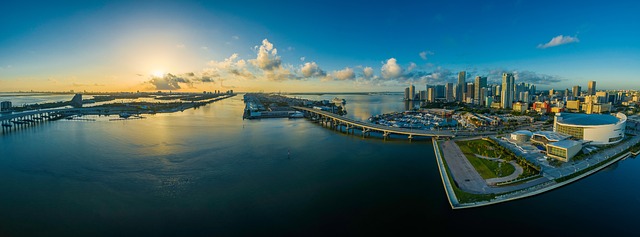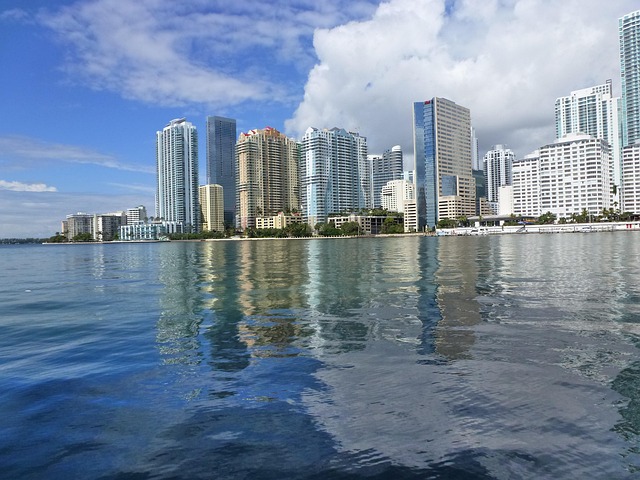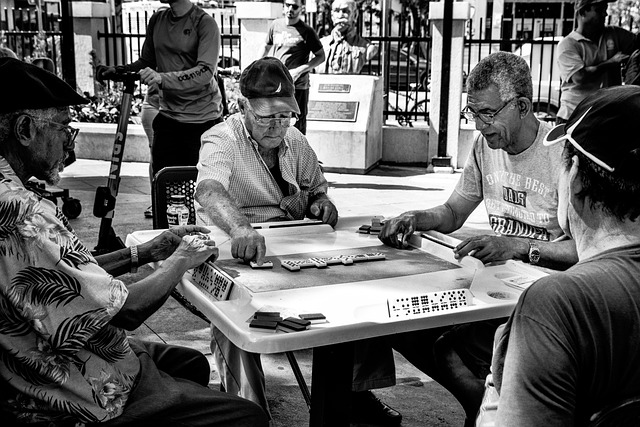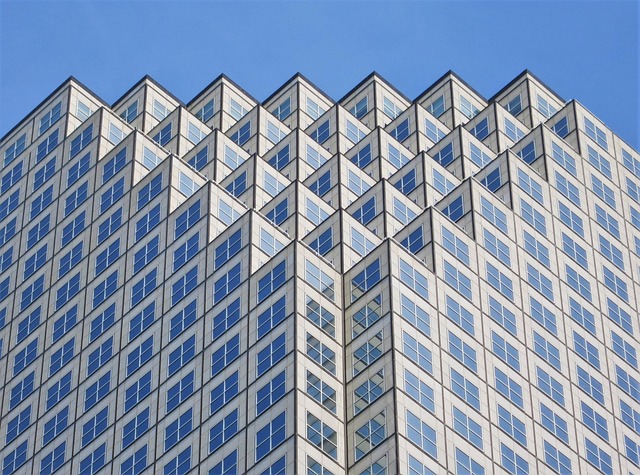The thriving arts scene, including local galleries, significantly boosts real estate values by attracting diverse buyers and stimulating neighborhood revitalization. Community-driven art initiatives transform urban spaces, revitalizing city centers and empowering local artists. Integrating artistic spaces into urban landscapes increases property desirability, enhances cultural engagement, and contributes to the local economy. Developers who support local artists attract diverse tenants, creating more livable and distinctive urban centers.
Discover the vibrant world of emerging local arts and galleries, where creativity is transforming communities. In this article, we explore how the art scene is impacting real estate values, with a focus on the rise of community-driven spaces like galleries and studios. We also delve into the symbiotic relationship between supporting local artists and real estate developers, showcasing how this partnership benefits both businesses and residents alike.
The Impact of Local Arts on Real Estate Value

The presence and thriving of local arts and galleries can significantly impact an area’s real estate value. As creative spaces become more sought-after, they attract a diverse range of buyers, from artists themselves to those looking to invest in vibrant communities. The transformation of once-neglected areas into cultural hubs stimulates neighborhood revitalization, making properties more desirable and potentially increasing their value.
Art galleries, with their unique atmospheres, encourage foot traffic and community engagement. This increased activity can lead to higher property demands, as people are drawn to live in areas that reflect their interests and values. Real estate agents often recognize the appeal of art-rich neighborhoods, marketing them as desirable locations for those who appreciate creativity and diversity, further enhancing the local market’s competitiveness.
Exploring the Rise of Community Galleries and Studios

The rise of community galleries and studios is a vibrant trend transforming urban landscapes, especially in areas where real estate development has historically taken precedence. These artistic hubs are not just spaces to exhibit; they’re becoming integral parts of neighborhood identity, fostering a sense of community and cultural richness. With an increasing focus on revitalizing city centers and empowering local artists, abandoned warehouses and industrial spaces are being reinvented as creative oases, where diverse mediums come alive through exhibitions, workshops, and residencies.
This shift towards community-driven arts initiatives is also attracting new audiences, challenging the notion that art galleries are exclusive domains. By opening their doors to locals and tourists alike, these galleries contribute to a thriving cultural scene, encouraging dialogue, creativity, and a deeper connection to one’s surroundings.
Supporting Local Artists: A Win for Communities and Developers

Supporting local artists is a trend that’s transforming communities and real estate landscapes. By showcasing emerging talents, developers are adding unique cultural value to their projects, attracting a diverse range of buyers and tenants who appreciate the vibrant, creative atmosphere these galleries foster. This not only enhances property desirability but also contributes to the local economy by retaining or drawing in artists who, in turn, become ambassadors for their neighborhoods.
Galleries and artistic spaces have become integral parts of thriving urban centers, driving cultural engagement and community building. Real estate developers who recognize this trend are strategically incorporating art into their designs, creating spaces that cater to both artists’ needs and residents’ desires for enriching, creative environments. This mutually beneficial relationship is reshaping cities, making them more livable, attractive, and distinctive.






